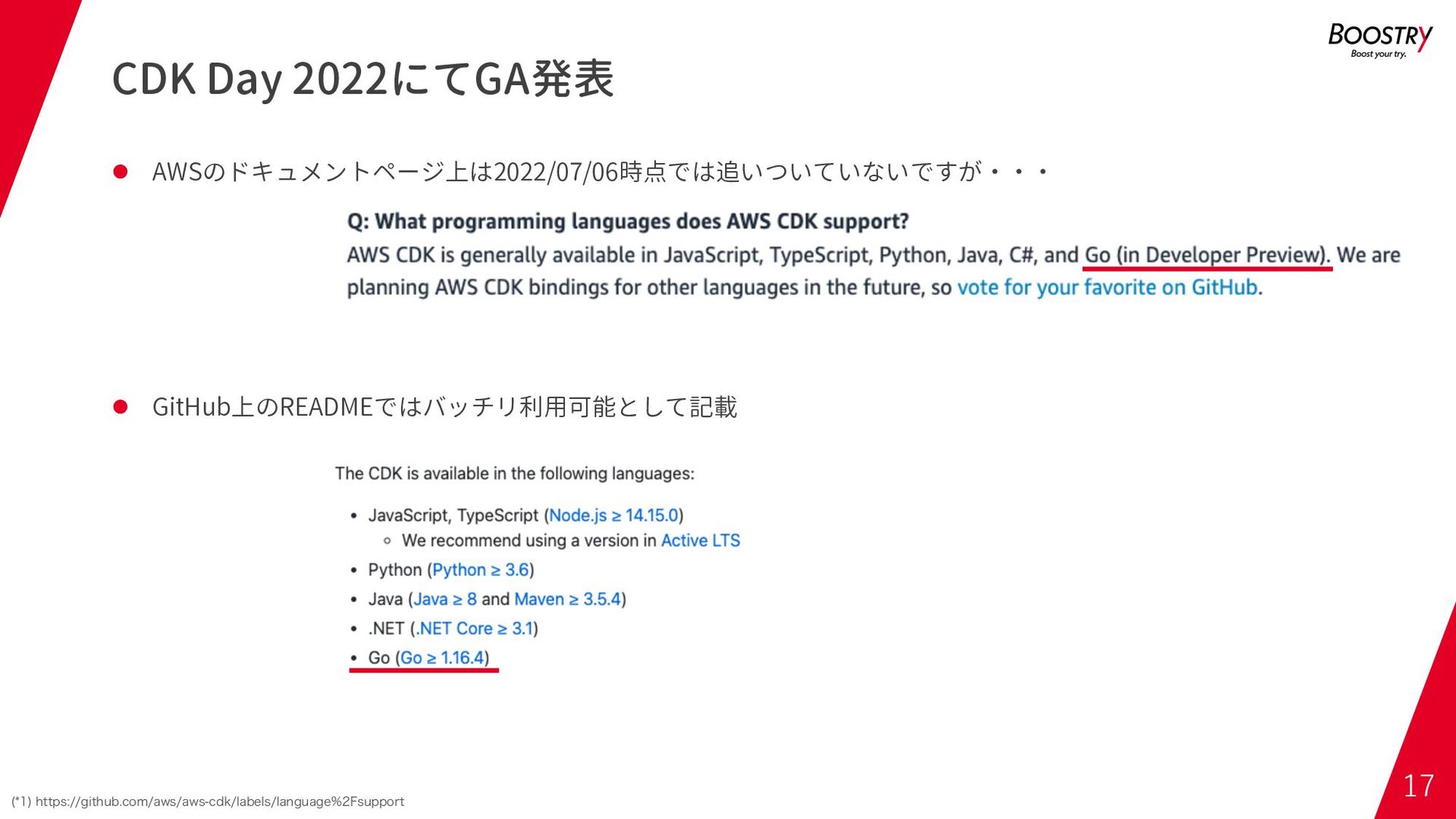
Or if you use WriteAt, you dont need Seek. And if you use the Seek function, then you dont need WriteAt, you can use Write directly. The following links provide detailed information about the PE format and its structures. Try an offset that IS NOT higher than the length of the file, and youll see that the A will replace one of the character in the file. This can be for example when reading or partially reading the response body of a HTTP Request or simply the need to read a file or data from a network. Strings in Golang.In Go language, strings are different from other languages like Java, C++, Python, etc. Go 1.18 Beta 2 is our second preview of Go 1.18. These files are recognized by gopls starting with. These files are recognized by gopls starting with email protected The easiest way to work on multiple modules in Go 1.18 and later is therefore to create a go.work file containing the modules you wish to work on, and set your workspace. Starting with Go 1.18, the go command has native support for multi-module workspaces, via go.work files.

A File Walkthrough Shows a walkthrough over the raw view of an executable file with the PE format fields laid out over the corresponding areas Starting with Go 1.18, the go command has native support for multi-module workspaces, via go.work files.
#Golang file peek full
Portable Executable Format shows the full view of the headers and structures defined by the Portable Executable format.PDFs of posters depicting the PE file format: It has no dependecies and it is endianness independent, it works on OS X, Windows, and Linux. If you bump into a PE that does not appear to be processed correctly, do report it please! it will help make pefile a tiny bit more tough. That being said small glitches are found every now and then. Pefile runs in several pipelines scanning hundreds of thousands of new PE files every day and, while not perfect, it has grown to be pretty robust over time. In order to work with authenticated binaries, including Authenticode signatures, please check the project verify-sigs
#Golang file peek how to
Please, refer to Usage Examples for some code snippets showing how to use pefile.Ī few examples of what a dump produced with pefile look like can be found here for a packed file, here for one of kernel32.dll and here for one of TinyPE.


Only shortcuts added for convenience will depart from that convention. Golang Read File With Code Examples - GoLang In this article, the solution of Golang Read File will be demonstrated using examples from the GoLang programming language. The naming of fields/attributes will try to adhere to the naming scheme in those headers.
:origin()/pre00/9658/th/pre/f/2017/274/4/0/40d81bef7741b2556256d72b1dffbb6e-dbp6b0g.png)
#Golang file peek windows
The structures defined in the Windows header files will be accessible as attributes in the PE instance. Most of the information contained in the PE headers is accessible as well as all sections' details and their data. Pefile is a multi-platform Python module to parse and work with Portable Executable (aka PE) files. So far whats working: Everything through ImportDirectories It returns the new offset and an error, if any./pefile-go. The function File.Seek() Seek sets the offset for the next Read or Write on file to offset, interpreted according to whence: 0 means relative to the origin of the file, 1 means relative to the current offset, and 2 means relative to the end. How do you seek to a known location in the file in go lang? Next Page Seek Positions in File Question:


 0 kommentar(er)
0 kommentar(er)
